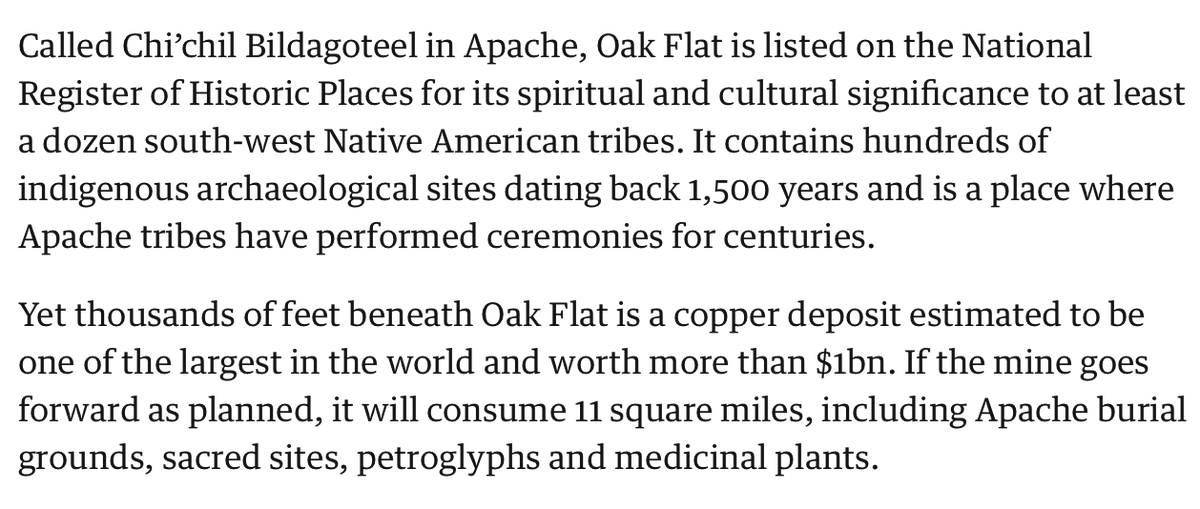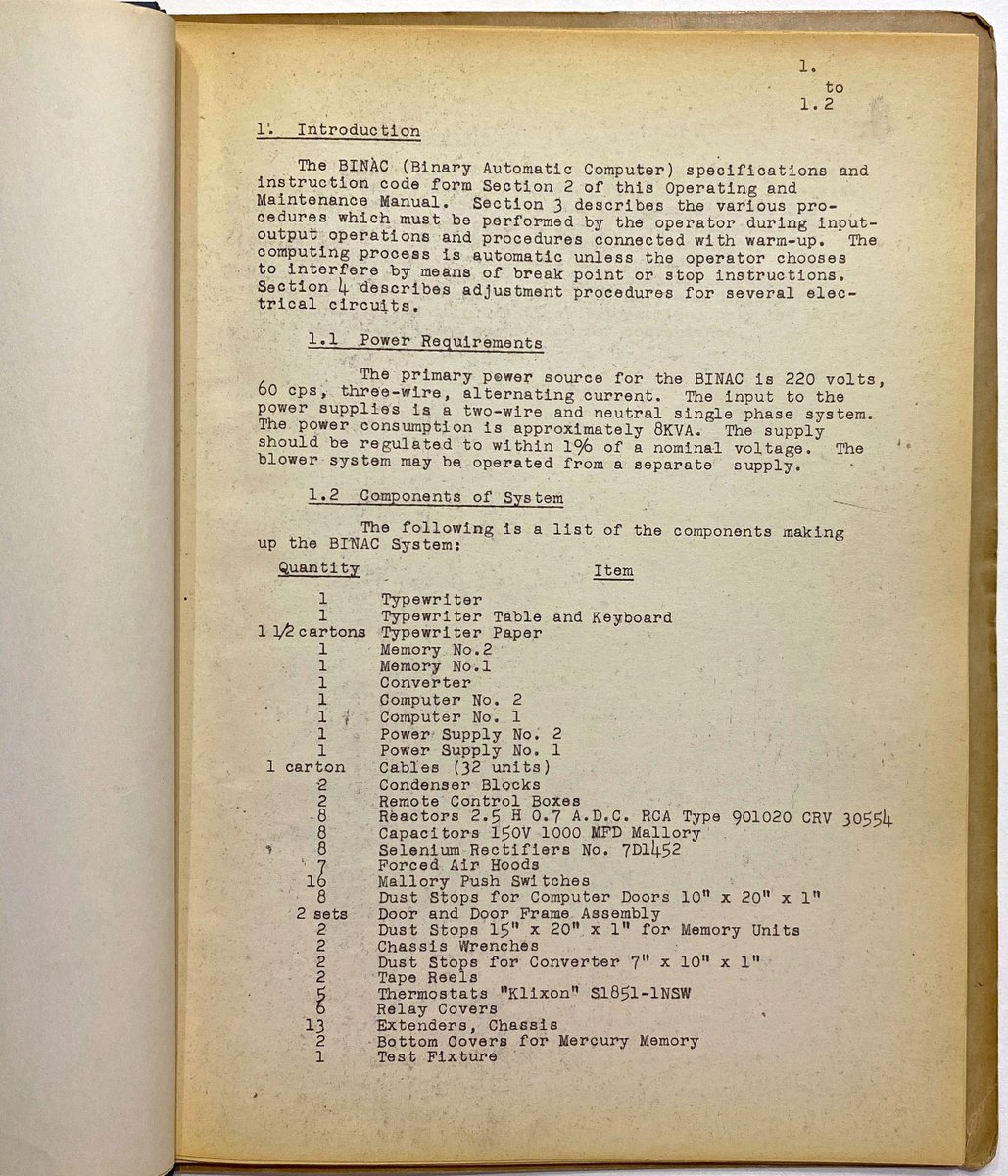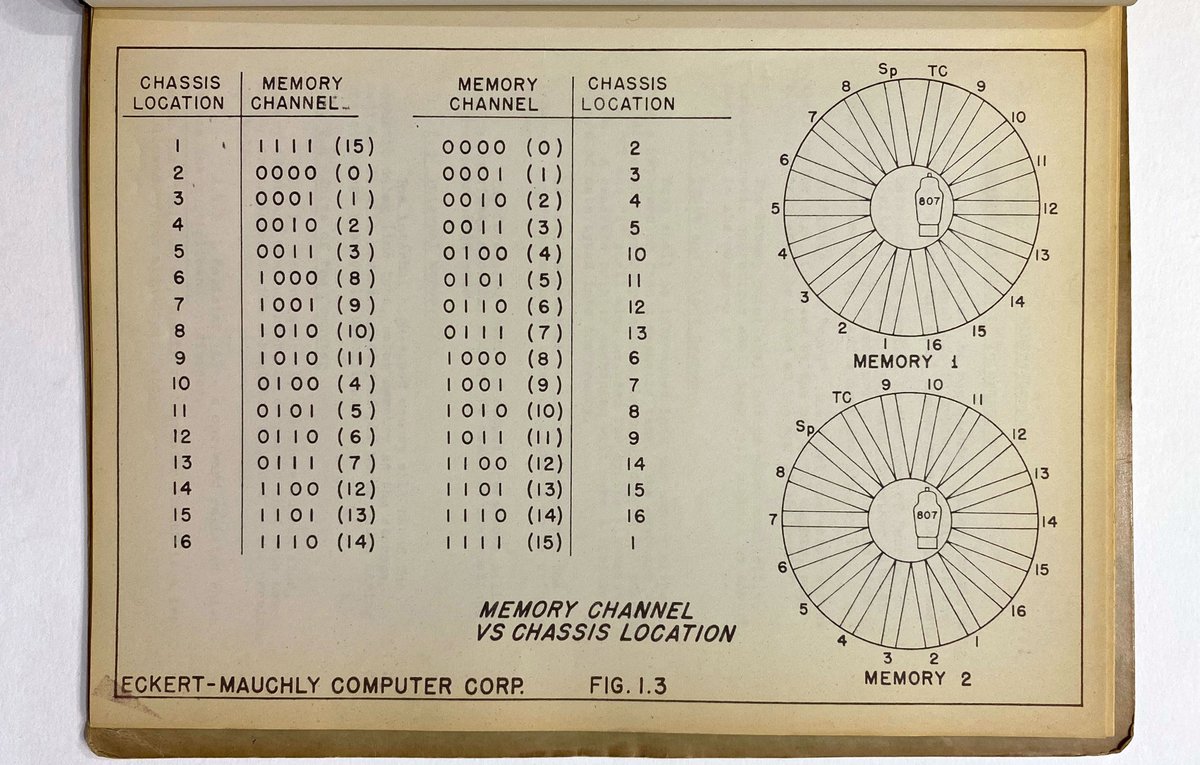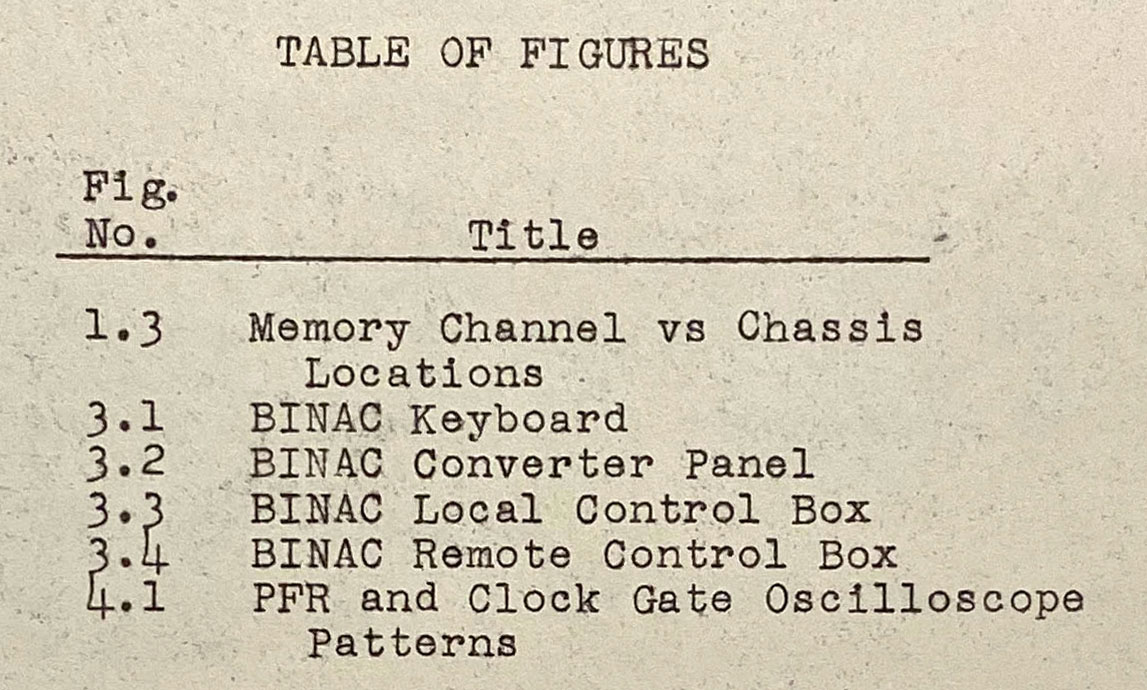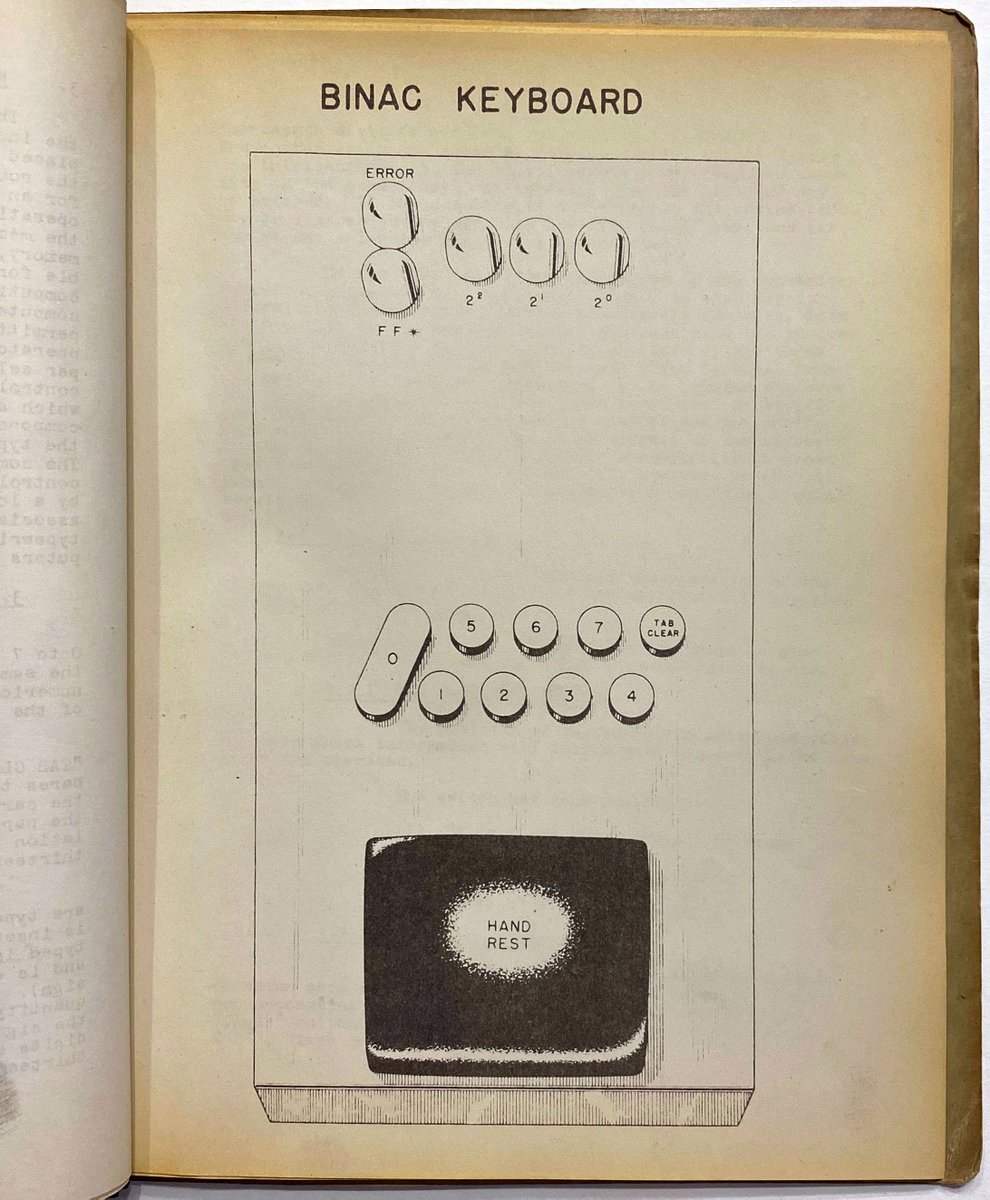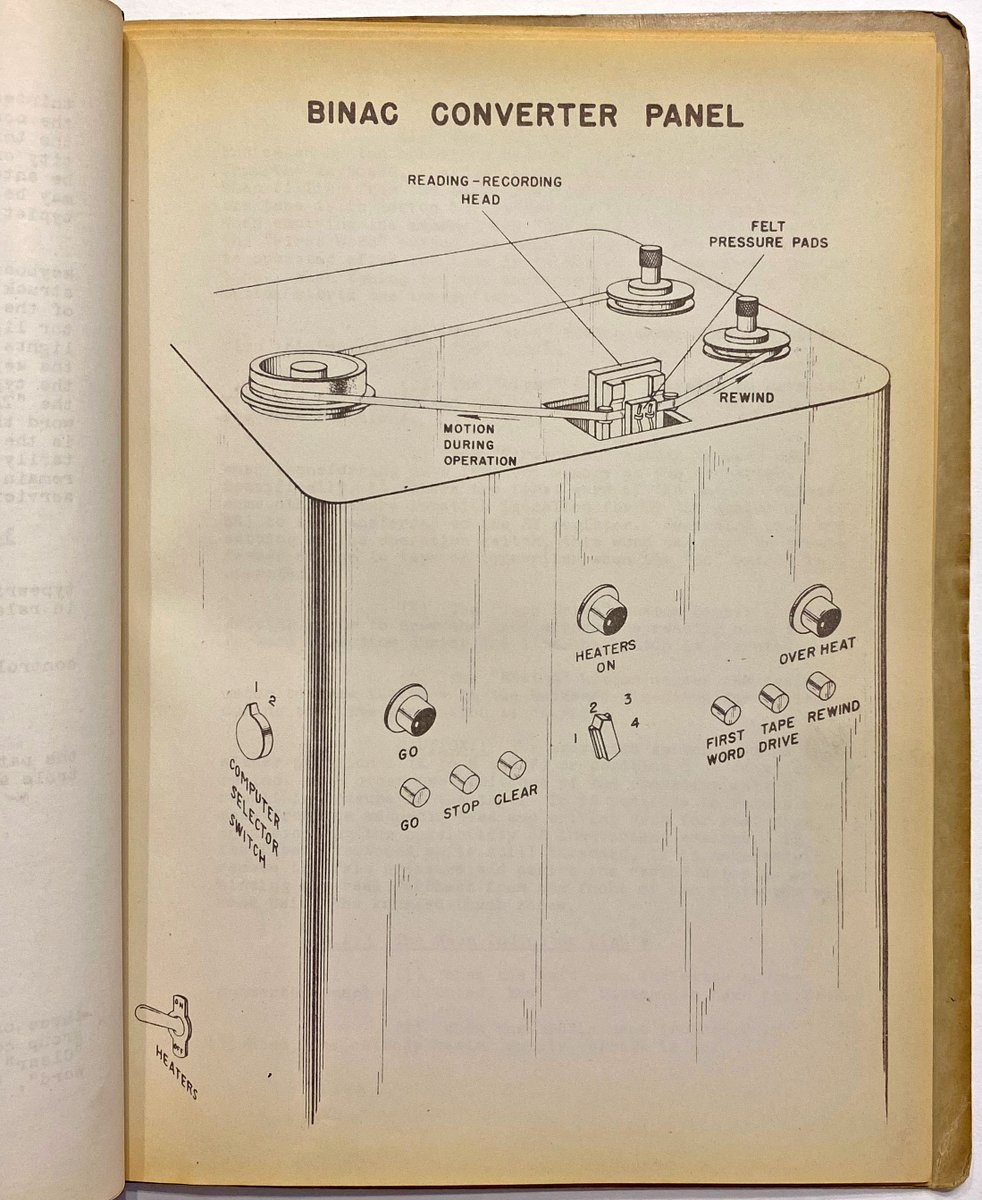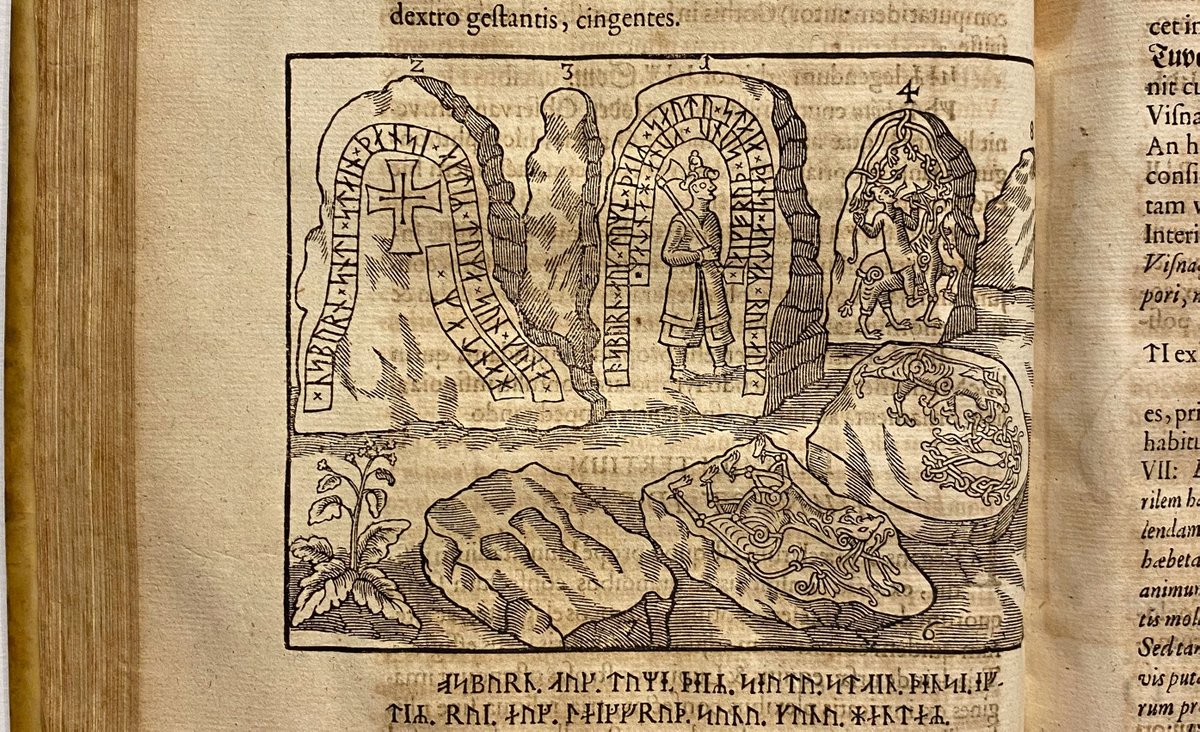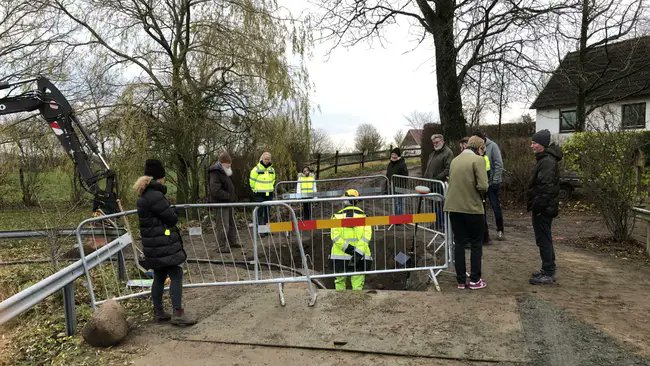
Imagine there was a script INVENTED FROM SCRATCH BY ONE MAN in the 20th century, now used by hundreds of thousands of people and becoming the defacto standard for a language spoken by 7 million people - and you'd never heard of it.
It's called Ol Chiki - ᱚᱞ ᱪᱤᱠᱤ. 1/6
It's called Ol Chiki - ᱚᱞ ᱪᱤᱠᱤ. 1/6
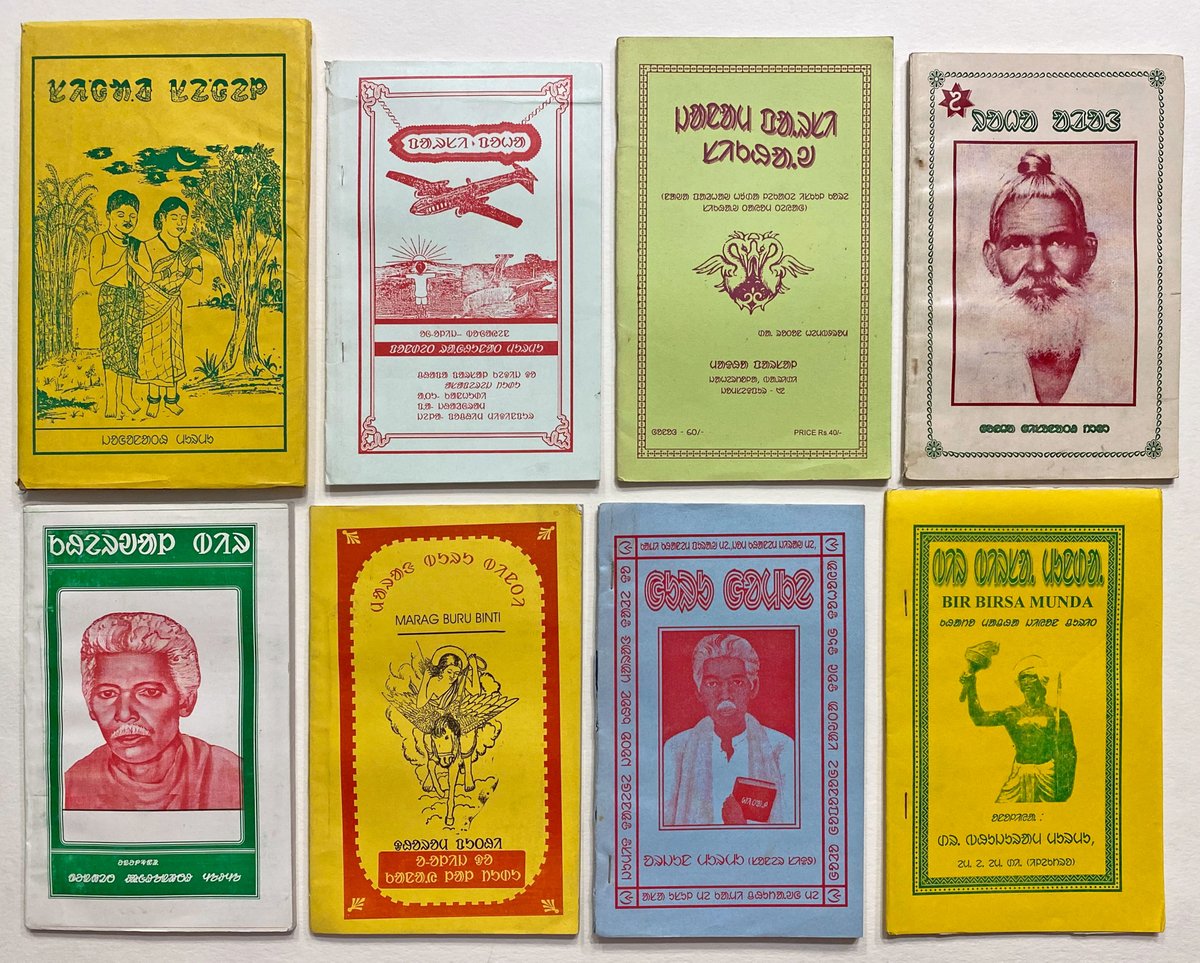
The Ol Chiki (ᱚᱞ ᱪᱤᱠᱤ) script is the official writing system for Santali, an Austroasiatic language recognized as a regional language in India. It has 30 letters, the forms of which are intended to evoke natural shapes. Ol Chiki script is written from left to right. 2/6 
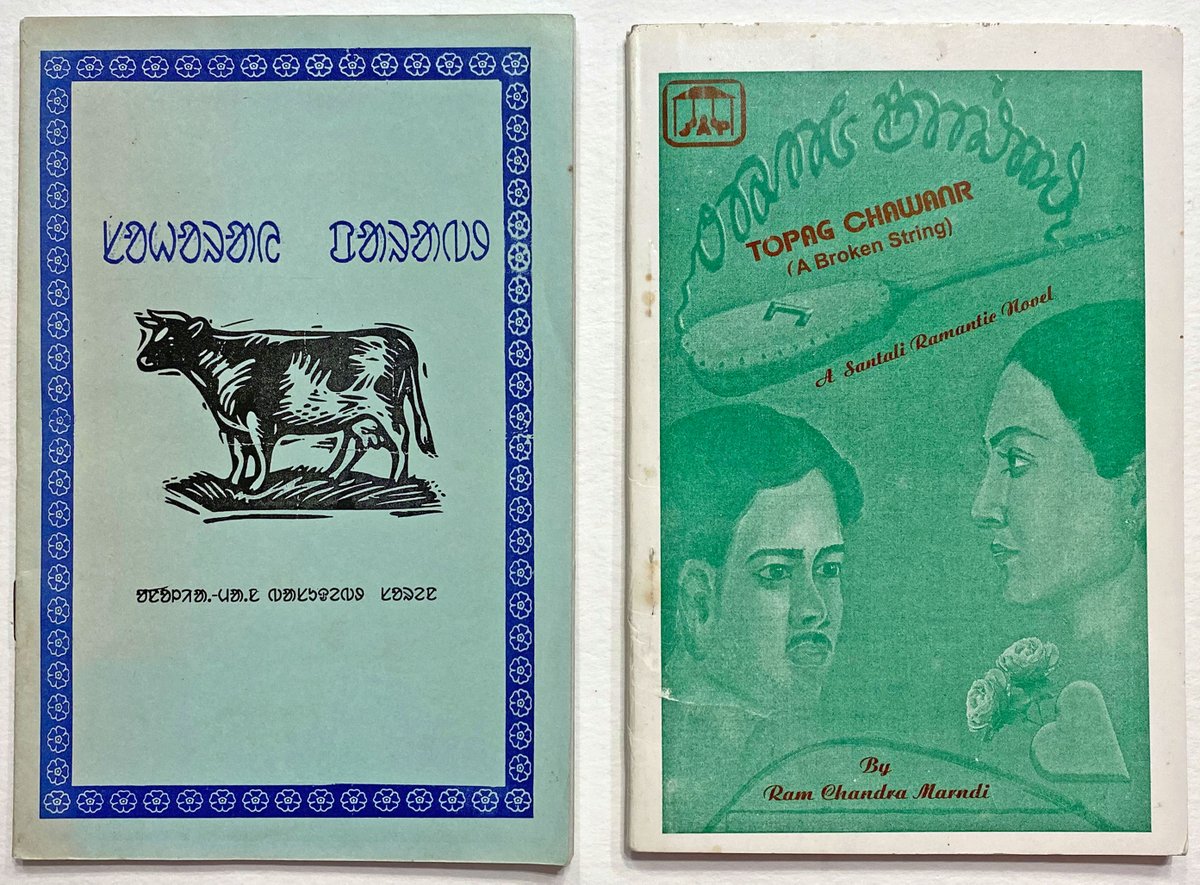
Ol Chiki was created in 1925 by Raghunath Murmu for the Santali language, and publicized first in 1939 at a Mayurbhanj State exhibition. Previously, Santali had been written with the Latin script. However, Santali is not an Indo-Aryan language... 3/6 



..... and Indic scripts did not have letters for all of Santali's phonemes, especially its stop consonants and vowels, which made writing the language accurately in an unmodified Indic script difficult. Unlike most Indic scripts, Ol Chiki is an alphabet, not an abugida. 4/6 

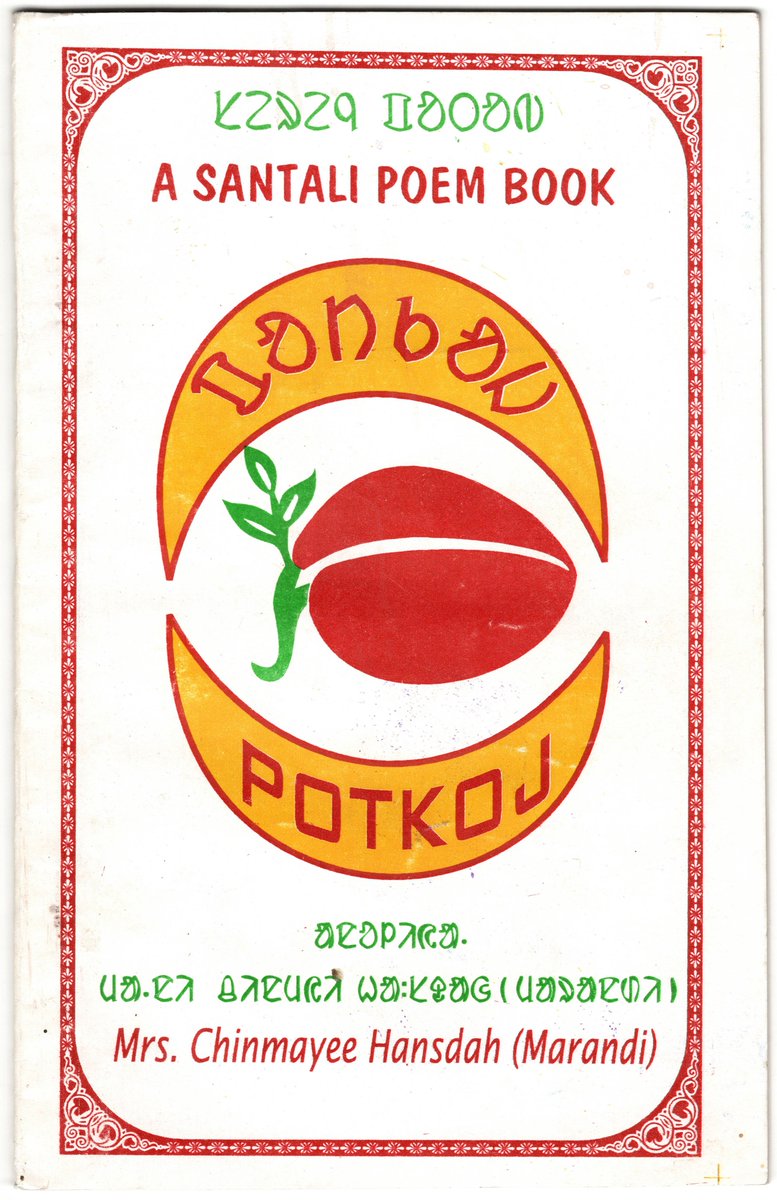
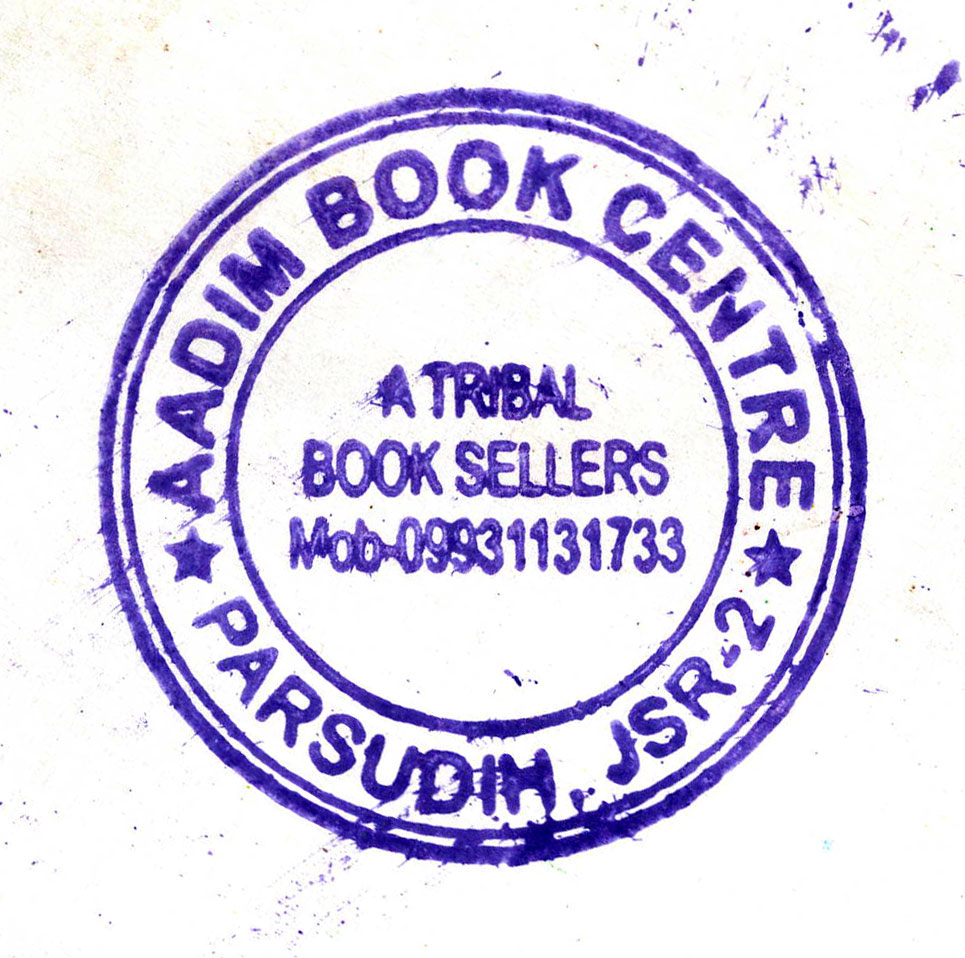
Ol Chiki has benefited from the same surge in North East Indian regional nationalism that has benefited Meetei Mayek in nearby Manipur. There is now a thriving vernacular publishing industry in Ol Chiki, with poetry, epics, romance novels, histories & primers all appearing. 5/6 

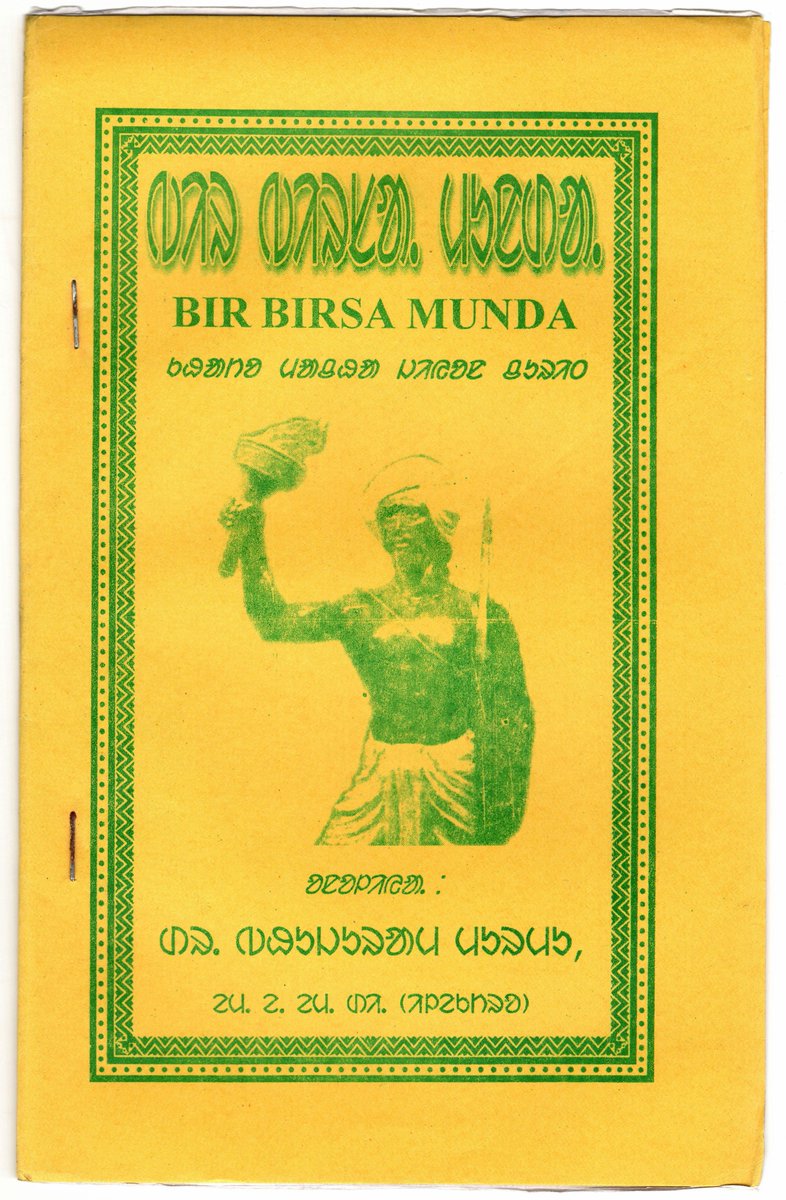
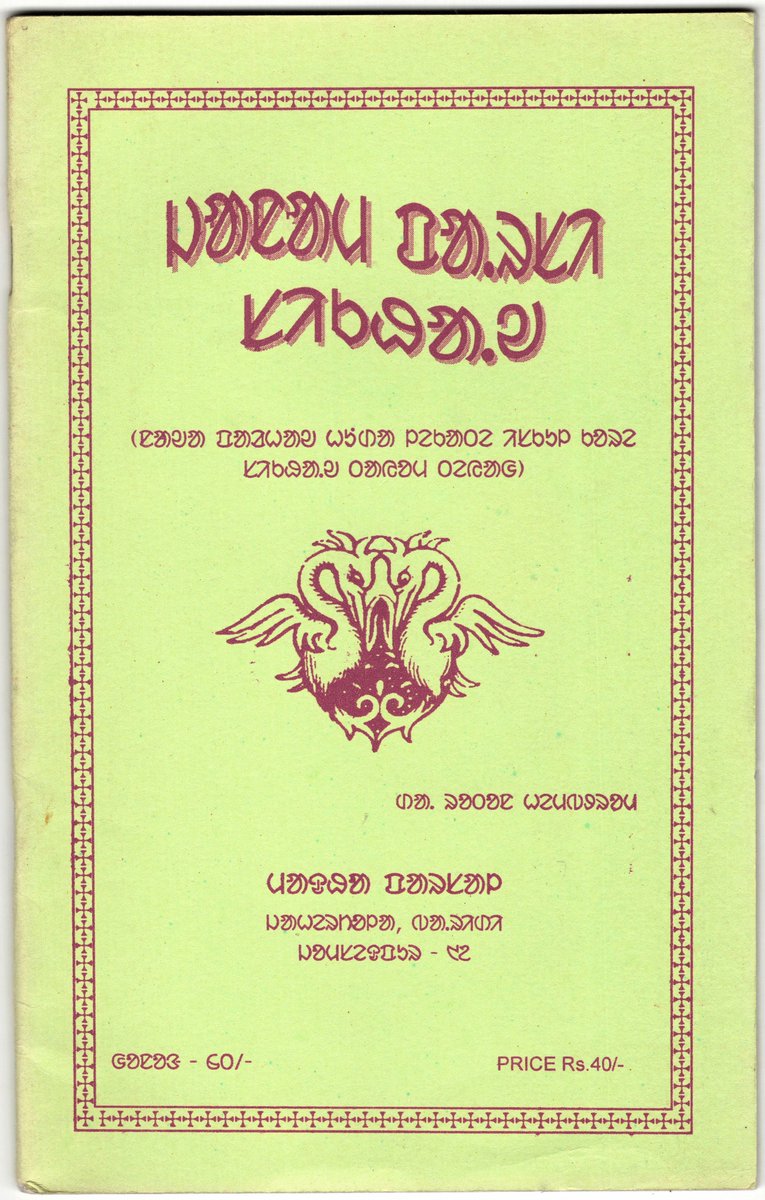
Raghunath Murmu is today a revered figure amongst Santali's, and his invention is now undoubtedly the most successful and widely adopted script developed by a single man in the last 5 centuries, or since King Sejong the Great created Hangul in Korea in 1443. 6/6 

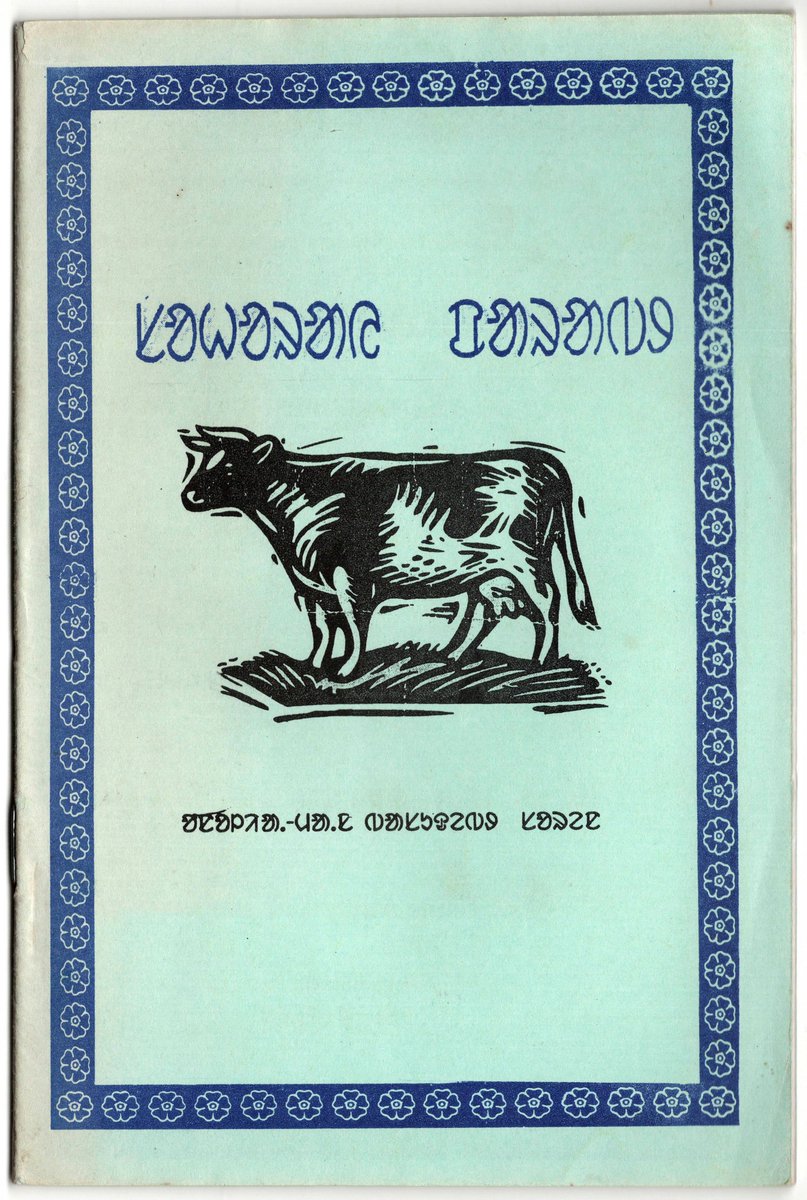

With most minority scripts, almost everything published is sponsored by government agencies or NGOs. What's really striking about Ol Chiki is how much privately produced vernacular printing there is from small independent publishers - a sign of real and growing grassroots demand. 


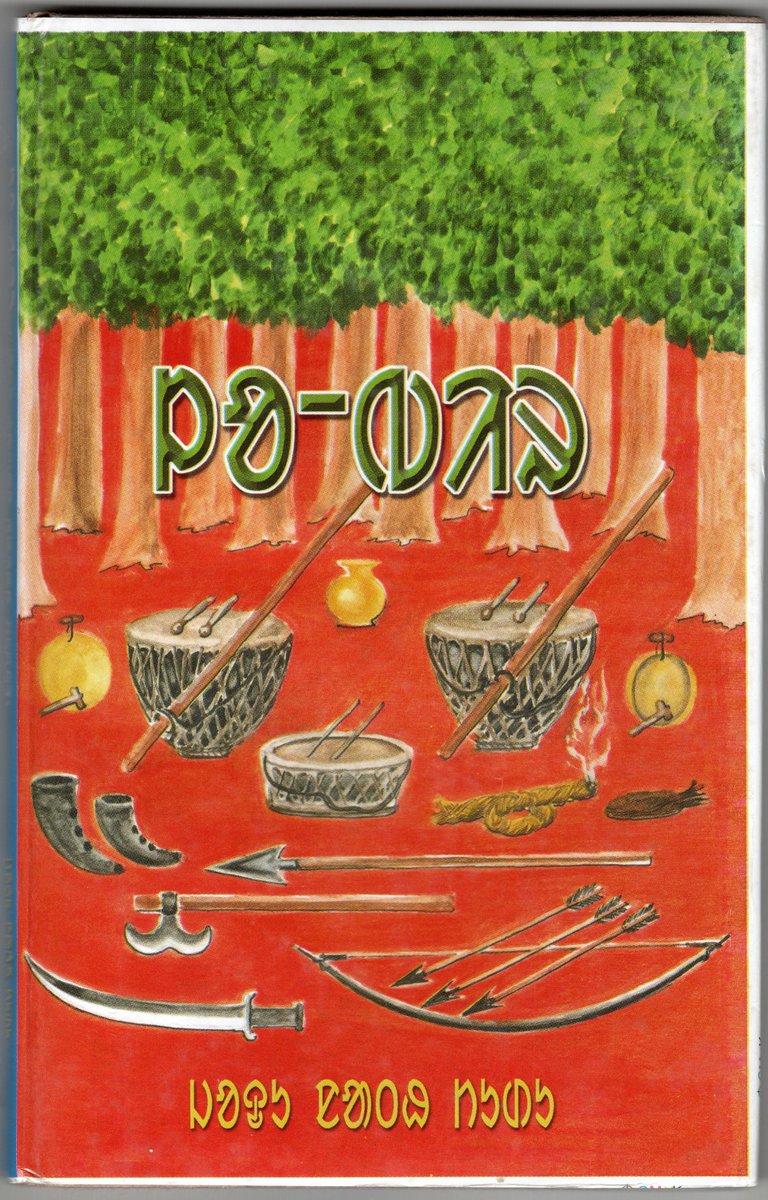
You can read more about Ol Chiki on @EndangeredAlpha's excellent Atlas of Endangered Alphabets:
endangeredalphabets.net/alphabets/ol-c…
See also the page on the Ol Chiki script at the portal for Santals website here:
wesanthals.tripod.com/id45.html
endangeredalphabets.net/alphabets/ol-c…
See also the page on the Ol Chiki script at the portal for Santals website here:
wesanthals.tripod.com/id45.html
Nishaant Choksi explores the deployment of Santali scripts, including Ol Chiki, in Bengali-dominated local markets, the education system and in the circulation of print media. bloomsbury.com/uk/graphic-pol…
• • •
Missing some Tweet in this thread? You can try to
force a refresh





